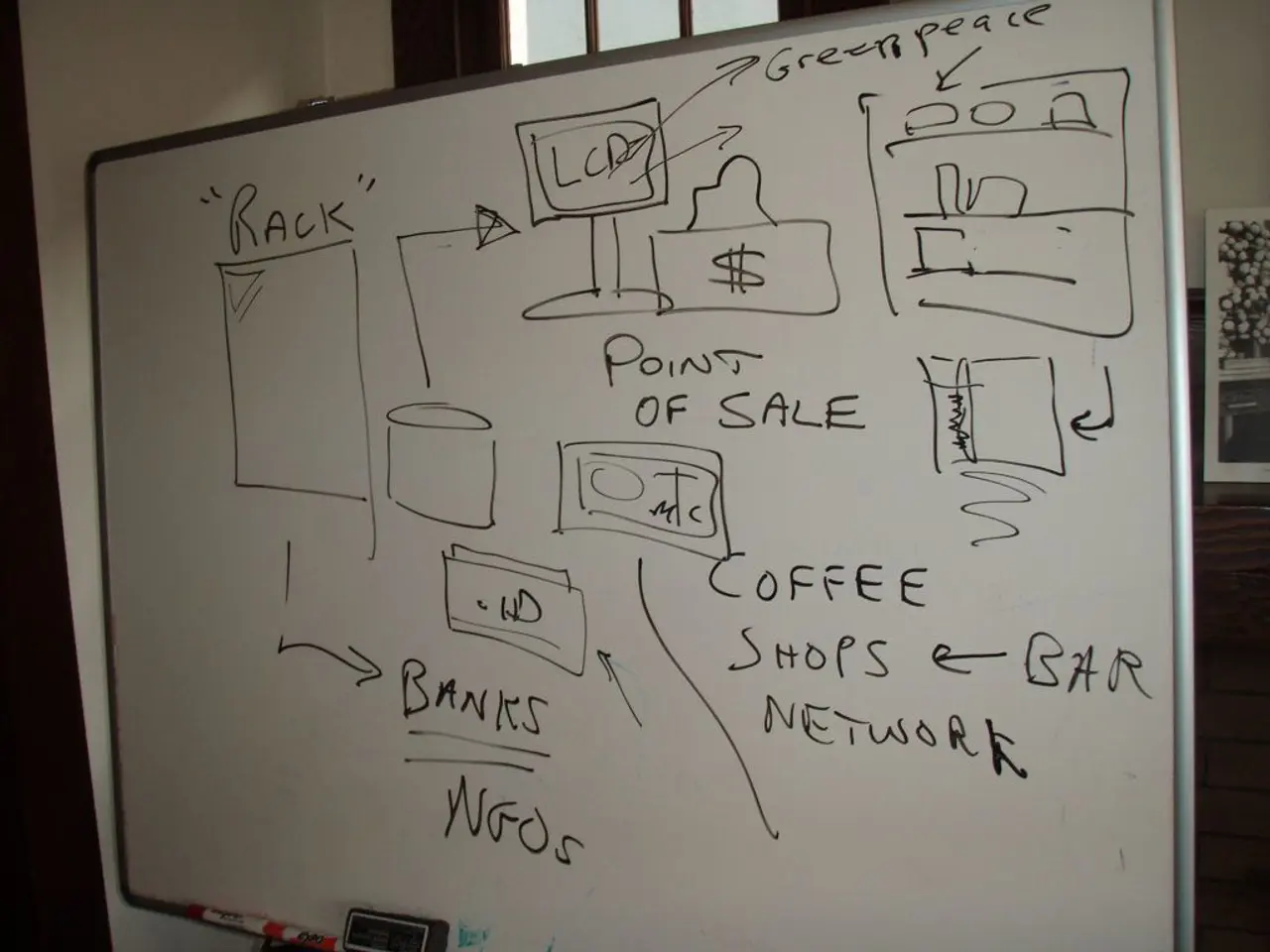The Age of Traditional Passwords Draws to a Close: Exploring the Future With Artificial Intelligence and Quantum Dangers
In the rapidly evolving world of cybersecurity, the threat landscape is becoming increasingly complex. Hackers are employing advanced tools such as AI and, eventually, quantum computing to determine which stolen credentials work with which accounts [1]. This heightened sophistication necessitates everyone to take responsibility for protecting user data and identities via the most extreme cybersecurity measures available.
One strategic advisor at the forefront of this battle is Skip Sanzeri, who works at iValt, a company specializing in identity validation, and is also the founder of QuSecure, a company focused on quantum cybersecurity. Sanzeri emphasizes the importance of moving beyond multifactor authentication to systems that deploy five or more factors like biometrics, geography, time, and machine ID [2].
As quantum computers scale at an ever-increasing rate, it is predicted that they will soon break the internet's encryption, requiring an upgrade of internet security [3]. Leading vendors are already addressing this concern by providing platforms that facilitate phased migration to quantum-safe authentication.
One such solution is the integration of post-quantum cryptography (PQC) platforms into existing security systems. F5 Networks, for instance, offers a comprehensive, fully integrated post-quantum cryptography readiness solution embedded into its Application Delivery and Security Platform [4]. This solution supports both server-side and client-side encryption with quantum-safe algorithms, ensuring seamless integration across hybrid, multicloud, and legacy environments.
Post-quantum encryption algorithms are another key element in this transition. These quantum-resistant cryptographic protocols, such as those standardized or emerging from NIST’s PQC efforts, protect authentication systems by securing digital keys against quantum computations that can break classical encryption [5]. Enterprise adoption requires updating protocols like TLS, SSH, and VPN with these new algorithms.
Hardware-based PQC solutions, like those provided by SEALSQ Corp, offer post-quantum chips for critical sectors and IoT devices [6]. These chips provide hardware-rooted quantum-resistant security for these systems, supporting secure authentication even against future quantum attacks.
Quantum Key Distribution (QKD) is another complementary technology for securing authentication channels where feasible [7]. Although more experimental and limited in deployment scale, QKD uses quantum mechanics principles to establish ultra-secure cryptographic keys.
Effective enterprise authentication solutions combine classical and post-quantum methods to ensure compatibility and business continuity, addressing performance impacts from larger keys and computation costs by incremental upgrades [8].
However, large-scale production deployment of PQC solutions is still evolving, with challenges remaining in standardization, performance optimization, and integration into legacy systems [2]. Collaboration between academia, industry, and standards bodies continues to be crucial for widespread enterprise adoption.
Meanwhile, the dark web is a constant reminder of the threat posed by cybercriminals. Recently, 16 billion password-and-login combinations were stolen and are now available for sale [9]. AI could potentially be used to establish identity upon login by deploying unpredictable or untrackable events, such as a specific stock quote or a quantum random number generator [10].
Enterprises should test post-quantum cybersecurity solutions to understand the impact of quantum computing and prepare for the future [11]. The race to a quantum-safe internet is on, and it is essential for everyone to take action now to protect their data and identities.
References: 1. AI and Quantum Computing May Soon Crack Stolen Credentials 2. Preparing for the Post-Quantum Era: Challenges and Opportunities 3. Quantum Computing: The Next Frontier for Cybersecurity 4. F5's Post-Quantum Cryptography Readiness Solution 5. NIST's Post-Quantum Cryptography Standardization Efforts 6. SEALSQ's Post-Quantum Chips for Quantum-Resistant Security 7. Quantum Key Distribution: A Complementary Technology for Securing Authentication 8. Secure Migration Strategies for Enterprise Authentication 9. 16 Billion Stolen Credentials Found on the Dark Web 10. AI Could Revolutionize Identity Verification 11. Testing Post-Quantum Cybersecurity Solutions for a Quantum-Safe Future
Skip Sanzeri, the founder of QuSecure and a strategic advisor at iValt, advocates for moving beyond multifactor authentication to systems that utilize five or more factors like biometrics, geography, time, and machine ID, to address the escalating cybersecurity threats. As the threat landscape continues to evolve, AI could potentially be used to establish identity upon login, employing unpredictable events such as a specific stock quote or a quantum random number generator.




